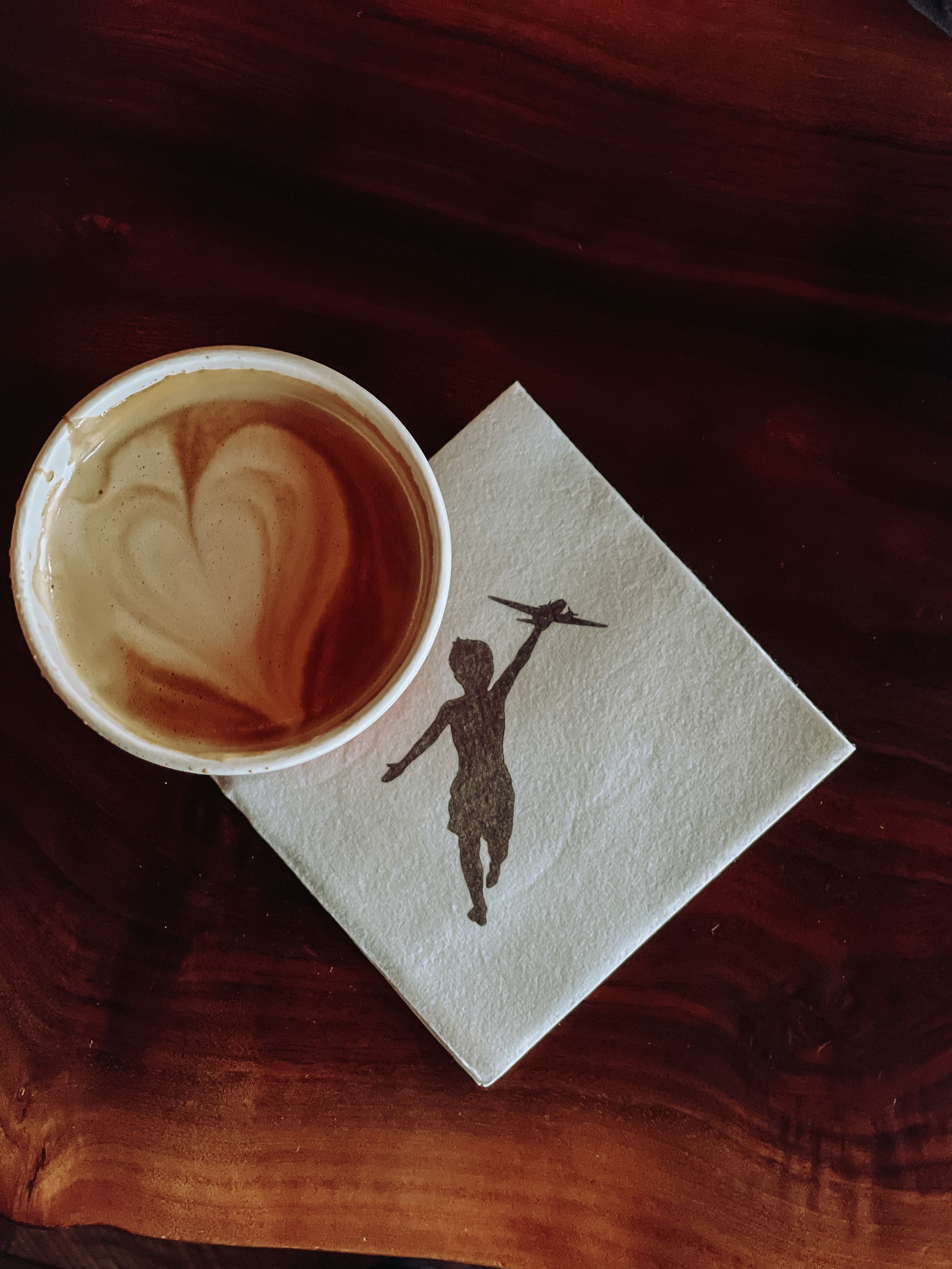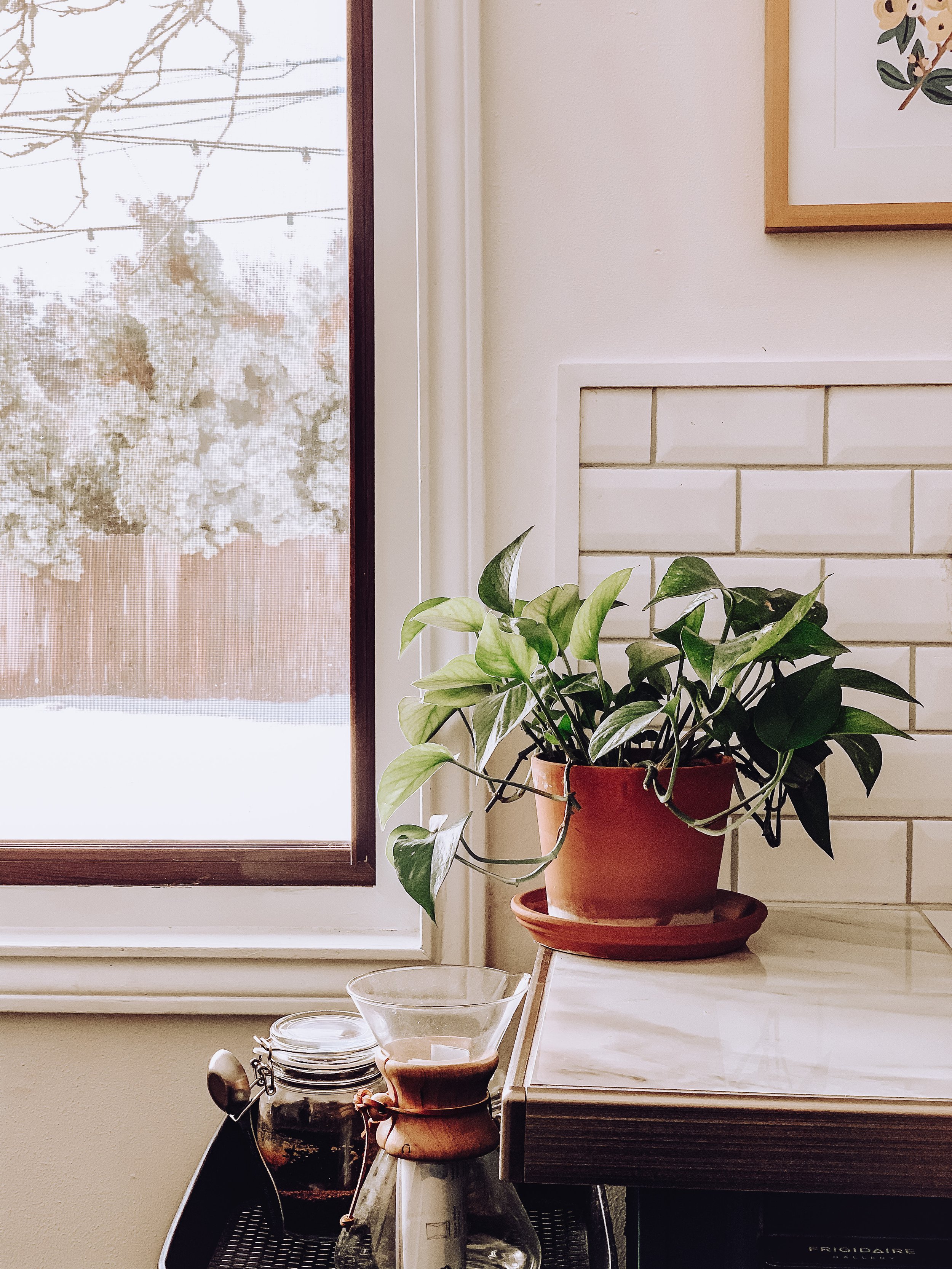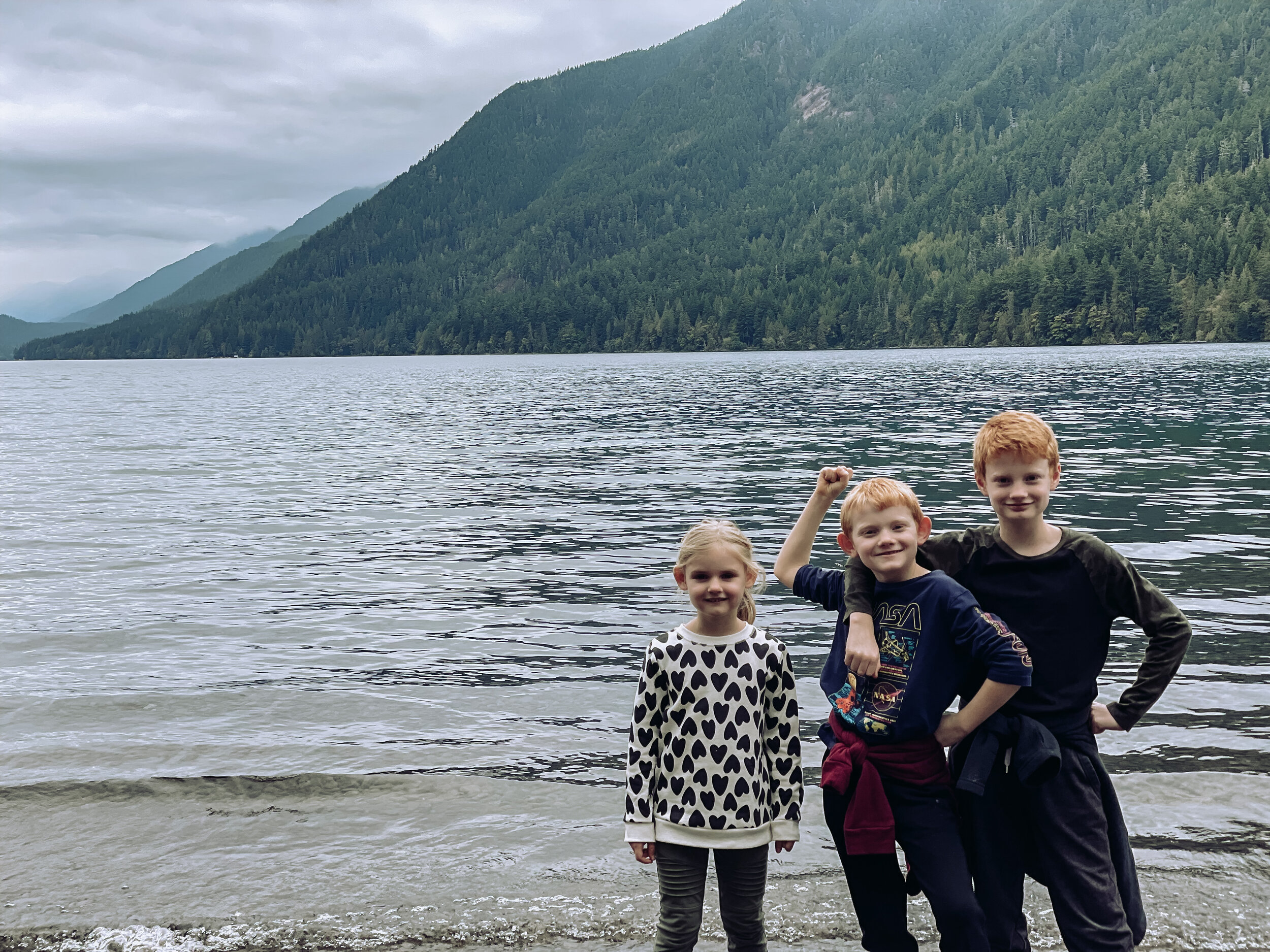My relationship with Instagram, and social media in general, is complicated. As in, love/hate. Tumultuous. Dysfunctional. Conflicted. Unstable.
I didn’t grow up as a millennial. Screen time wasn’t a thing back then (unless you had the 64 available cable television channels and no one to have to share them with on the family TV). Neither was texting. I didn’t obtain my blue Nokia phone with the short, stubby antenna until I moved out-of-state to college and was too poor for a landline. My family of four shared a very limited number of texts per month (and incoming texts counted toward that quota, if you could imagine). Back in my day, we had to ration our texts to only the most important communication.
Social media? I was a broke, married college woman with no Internet at home when I discovered Facebook, and I would scan my printed photos onto the computer in my boss’s office in the communication building on campus to create a Facebook album and check my Facebook feed in between classes in the library. (Remember when you had to have a school email address to log on to Facebook? Those were the golden days.)
Smartphone? Kelley and I got our first iPhones (iPhone 4) the year before Liam was born, when Kelley was working out-of-state and living with family. They were a Christmas present from my parents, and they allowed us to FaceTime and text freely during our six grueling months of long-distance relationshipping.
Back in my day (cue the grandma voice and bifocals), friendships were active. We expected them to require effort. Growing up, if I wanted to talk to my friend, I had to call them on the phone—the landline at my house that I shared with my parents and brother. (If someone wasn’t using the dial-up Internet on the computer, which operated using the landline and would tie up the only means of communication we had with the outside world.) We would go over to each other’s houses and just…hang out. Bum around. You know, spend quality time just being together. We didn’t need an activity or a plan. We just needed snacks and a good story.
I really miss those days.
It’s hard being an adult who’s smack dab in between GenX and the millennials. Having an older brother and being raised in a home like the 1950s leaves me more in tune with my GenX husband rather than a lot of my peers who were raised as the first millennials. As an adult, it makes it difficult to connect with people who were raised with the technology that took away the need to put effort into maintaining a relationship. Now the idea of calling someone gives us anxiety, and why would we call anyways when we can just see what they’re up to in their Instagram stories? No extra work needed. Relationships can be messy, but Instagram profiles come in neat little curated boxes.
Simply put, social media has wrecked the ability to have deep connections with people. To get all up in someone’s business and wade through the muck of life together. Now we can curate what people see of our lives in pretty filtered squares. They say that technology has given us the ability to connect more with more people, but I guess it depends on how we define “connection.” Connected through wires or bluetooth? Maybe. Connected through relational intimacy? Not at all.
I once was told I’m too long-winded, that I talk a lot, and people would respond better to me if I kept it short and sweet. (This was told to me by a pastor, ironically.) I happen to think that’s not the case (shocking, I know). People are now just so accustomed to bite-size pieces of information, 140 characters or less; anything longer, and we start getting antsy. Because we have an entire society whose brains have been rewired according to social media practices, we hardly have the capability to carry on a real conversation with others, which means I have to compete with Instagram, Twitter, and now dancing animals on TikTok to keep someone engaged in conversation.
The pandemic made it so much worse. For months on end, everything was virtual: work, school, church, entertainment, and even grocery shopping were all happening online. And so were relationships. After a couple of months, it started to affect me in a very disorienting way. It felt like we were all just stuck in an unending game of The Sims, like we were our avatar and life was only online. (Though I’m so much cooler online—Brad Paisley, anyone?) Strange, I know, but it messed with me in a big way, and I started having major anxiety. I just couldn’t manage to strike a healthy balance, and I realized social media wasn’t environment in which I could thrive or be at peace.
So around early summer of 2020, I set some boundaries for my own mental health. I decided that the Internet needed to return to being strictly informational, and relationships needed to be, er, relational.
While I was following hundreds of people, I didn’t really know all of them, and there were only a handful of individuals I was actually close to in real life, so I unfollowed most accounts except theirs, only leaving a few professional and travel accounts. I stopped scrolling, for the most part, and decided that I would make more of an effort to keep up with friends via FaceTime, Marco Polo, Zoom hangouts, socially distanced in-person visits—in whatever pandemic-approved way that I could see their face and/or hear their voices.
Once the finger-twitching stopped and I had detoxed from my social media obsession, I felt so much lighter. Like the corners of my mind had been cleared out and swept clean. I had more time to write. I became more present with my kids. I had more focus and energy to put into the actual real-life relationships I treasured. I still post occasionally, as Instagram has served as our kids’ baby books for 10 years now, and I’m still not sure what to do with that. And this blog is just getting started. But taking relationships offline has been necessary and just so unbelievably healthy.
It was an interesting experiment, honestly. While the boundaries I set weren’t about anyone else but about my own limitations (I honestly didn’t think anyone would really notice), some people noticed and got offended. Others noticed my decreased activity and unfollowed out of boredom. Which I think just demonstrates how enmeshed our relationship with social media has become.
But the relationships in my life that are genuine have only gotten stronger, as I had more energy to invest in them instead of spreading myself thin trying to keep up with everyone I’ve ever known in my almost four decades of life. It’s not that I don’t care about people; I care very deeply, but I am just realizing my limits in how much time I can spend online. I’d rather care while looking them in the eyes.
Humans simply aren’t built with the capacity to maintain hundreds of meaningful relationships, but social media creates the illusion that, because we have access to an unlimited amount of people’s personal lives, we have so many friends. But what we actually have is information, not intimacy. We have content, not connection.
A colleague of mine was constantly sharing information about other people in our social circle, about gatherings they’d attended, significant events in their lives. She was always in the know, always up-to-date with the latest in everyone’s personal lives. When I’d ask, “Oh, where did you hear that?” Or, “Have you talked to them recently?” Her answer was always, “No, I saw them post it on Instagram.” Ah.
I just can’t keep up anymore. It’s exhausting. It’s stressful. Quite frankly, it’s lonely as hell. And it’s mostly a mirage. Social media gives us a false sense of understanding what’s going on in the lives of those around us, so when we actually do see them in person, we believe we’re all caught up. Since I’ve stopped scrolling through social media content, when I run into people I know, I genuinely seek to find out how they’re doing, what they’ve been up to—because I have no idea. I get to hear about their lives from their own mouths, in real time, to see in their eyes how they’re really doing…and there’s just no substitute for that.
As I’ve been pursuing more simplicity for years now, I’ve come to a point where social media just doesn’t seem to fit into my life anymore. At least not as a regular part of it. I am so hungry for authentic human connection, for tactile, slow-burn relationships with people who love me enough to see I’m worth the effort. People who are willing to get to know and accept the real me, rather than being satisfied with the highlights they see on my Instafeed. I feel myself being pulled to the simplicity of authentic life-on-life connection, where a conversation over a home-brewed cup of coffee while the kids run wild around us is…enough.
If you want that, too, give me a call. Like, on the actual phone. Let’s get together, in person, without filters and feeds and 15-second reels. Tell me the whole story, however long-winded it may be, and let me live in it with you. And I’ll do the same for you.











































































